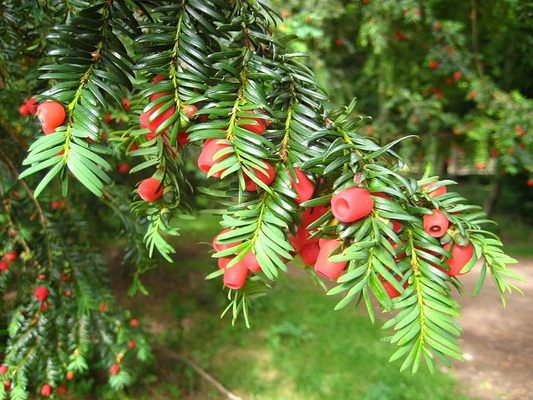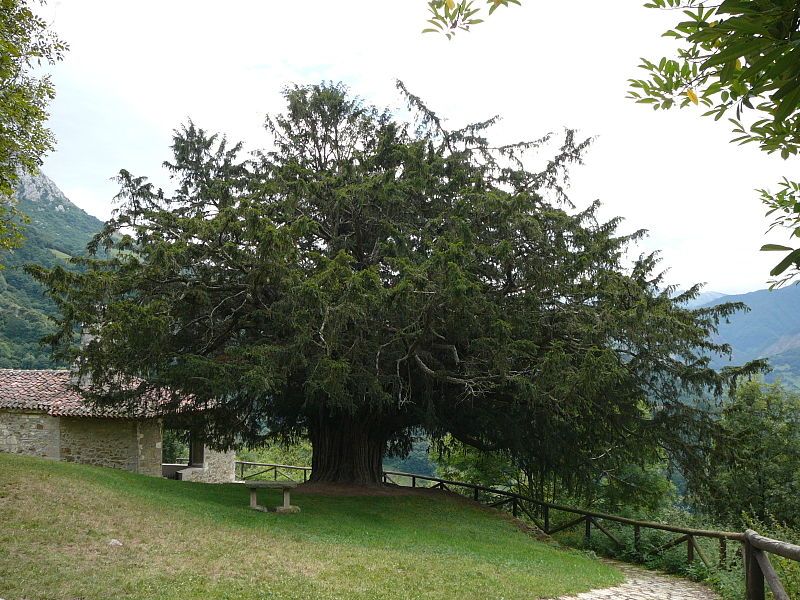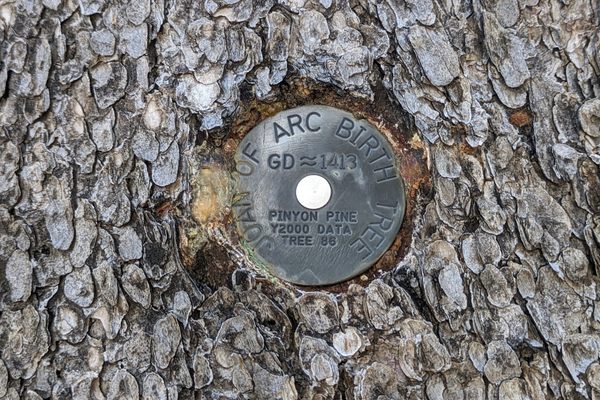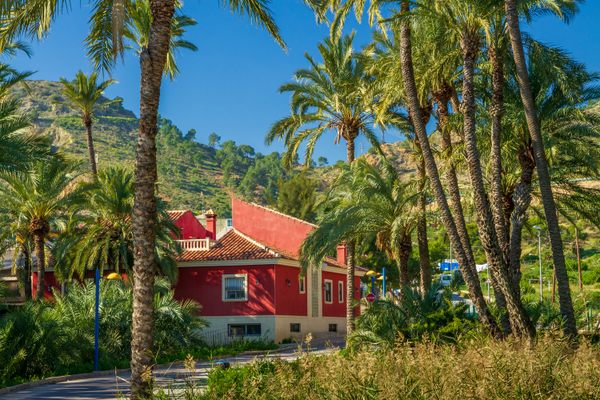About
In a quiet churchyard in the town of Bermiego stands a remarkable tree. Commonly called the Bermiego Yew, it’s known locally as the “Teixu l'Ilesia,” which in the Asturian language means “The Church Yew.”
The giant plant has stood in this spot for well over 2,000 years and holds a deep significance for the locals both past and present. Its trunk measures roughly 33 feet in high, and it stands like a great guardian of the church grounds.
Under favorable conditions, Yew trees can live for thousands of years—they aren’t even considered “ancient” until they’re at least 900 years old. As such, it’s perhaps unsurprising that this species became associated with immortality. But beyond its association with life and age, the tree also held a darker meaning.
Yew trees have long been intimately connected with death. The species is one of the most poisonous plants in Europe. It contains lethally potent toxin compounds, a fact that was not lost on the ancient Celtiberian peoples.
Hunters would use the bark, sap, roots, and seeds to coat spears, creating poisonous projectiles for the hunting of bears , wolves and boar. Warriors would also coat their arrowheads in this substance during times of war.
Roman chronicles record that when their legions invaded Northern Spain during the reign of Emperor Augustus (29 to 19 BC), they encountered the lethal impacts of yew-poison tipped arrows during their battles against the Astures. These historical records reveal that the Celts also used the poison on themselves to die by suicide rather than surrender or be taken captive.
Related Tags
Know Before You Go
Visiting the tree is free. If you touch the bark of the tree remember to wash your hands thoroughly afterwards as it contains toxic residues
Community Contributors
Added By
Published
April 1, 2019






















